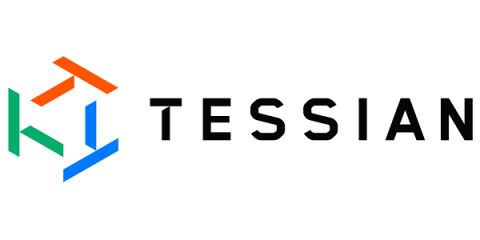DMARC and the prevention of World Health Organization phishing scams
In recent years the outbreak and spread of COVID-19 have left many people with fears and questions. With various medical opinions, news outlets spreading varied statistics, case number and death reports, and safety recommendations that varied between countries, states, cities, and individual businesses, people often felt desperate for information.








